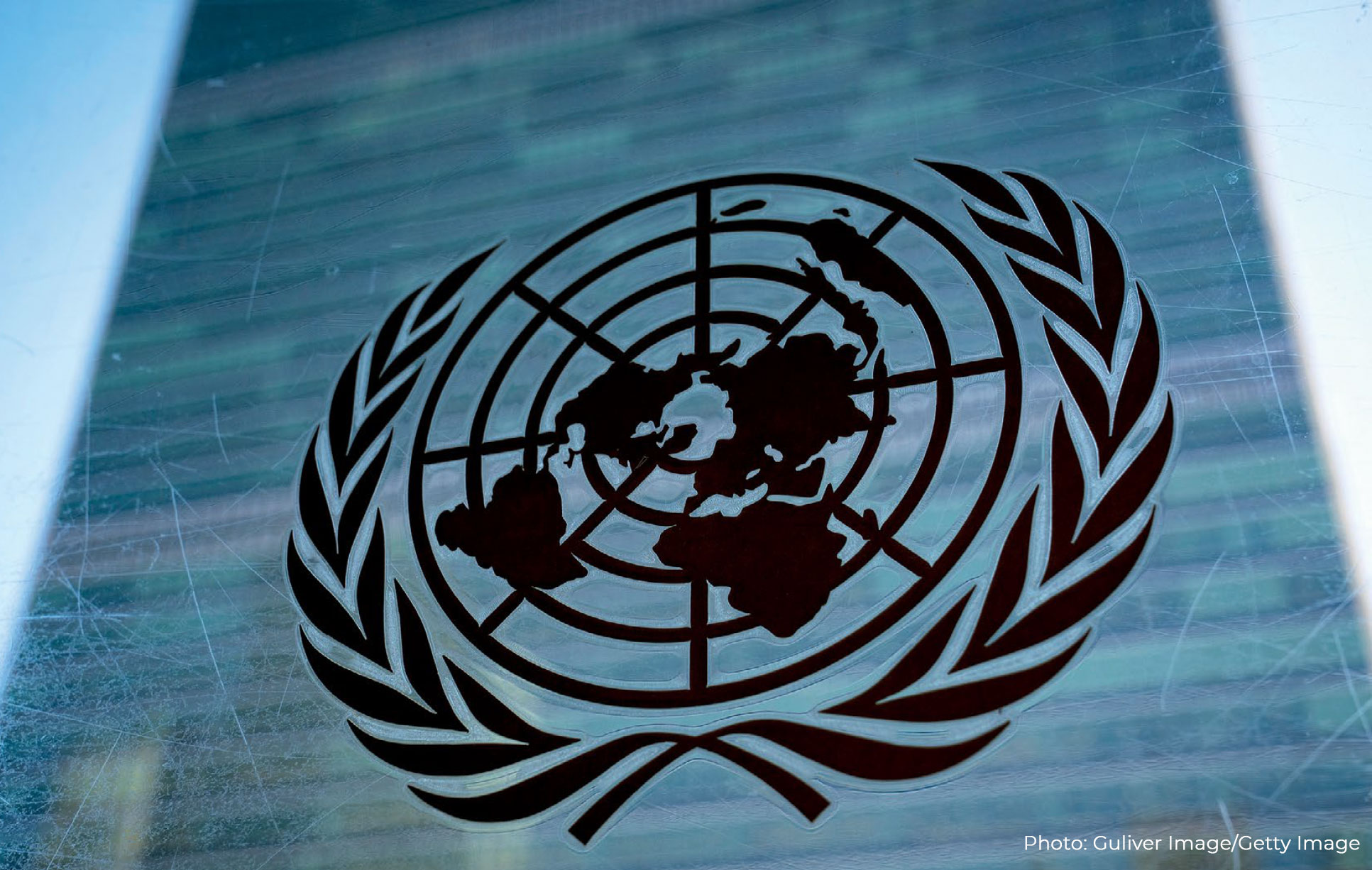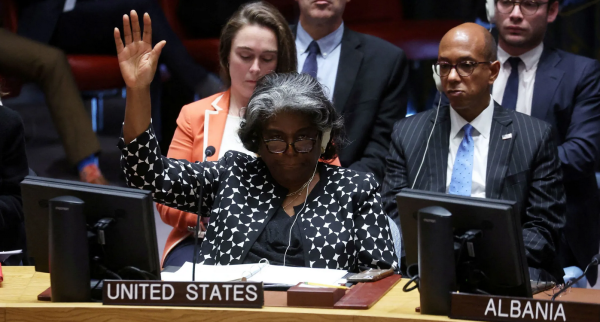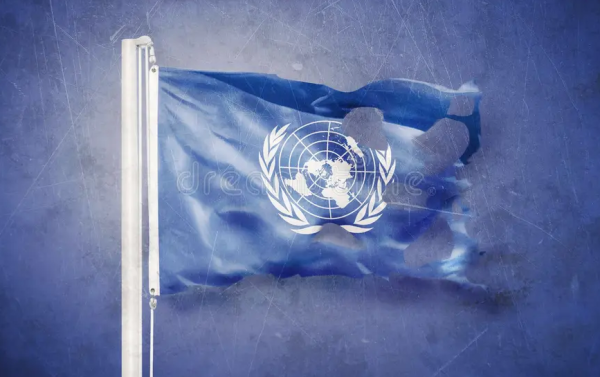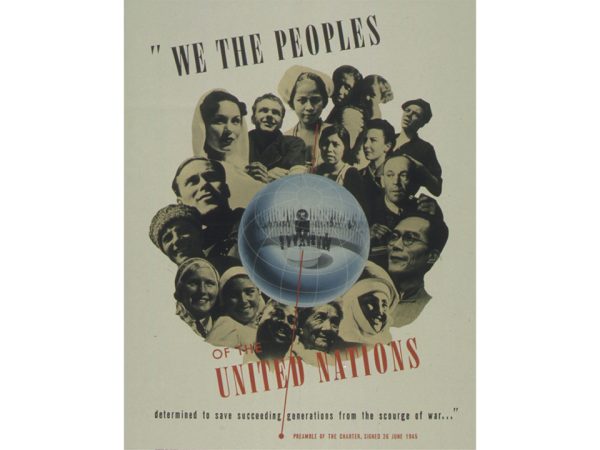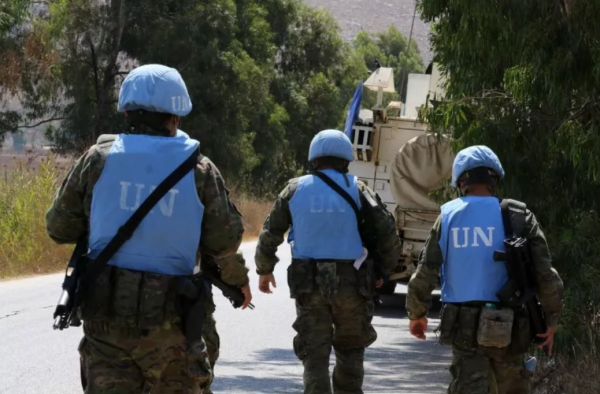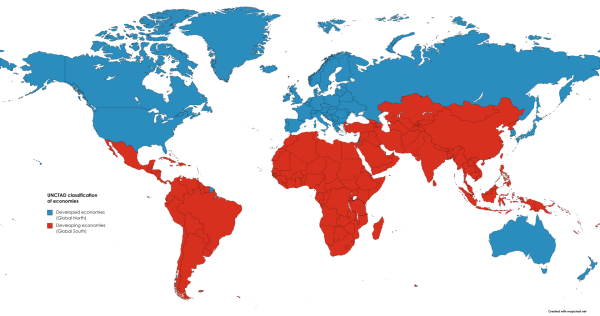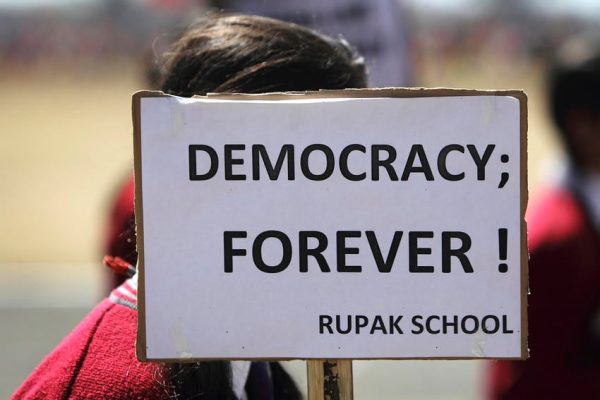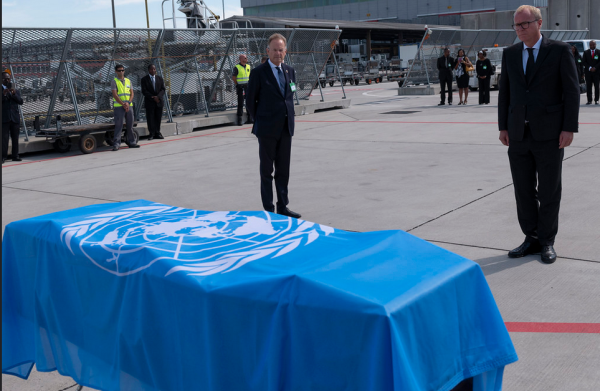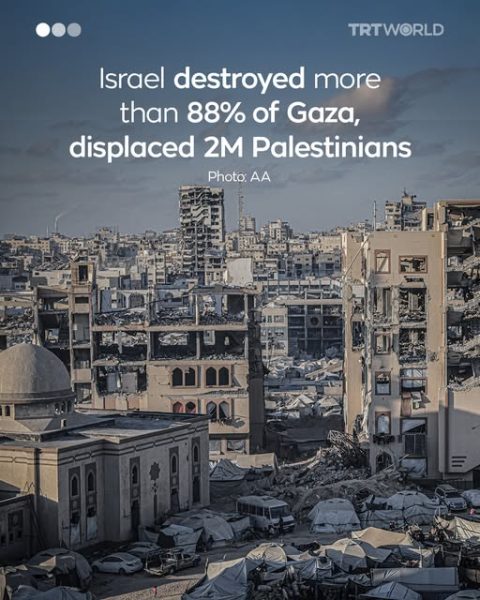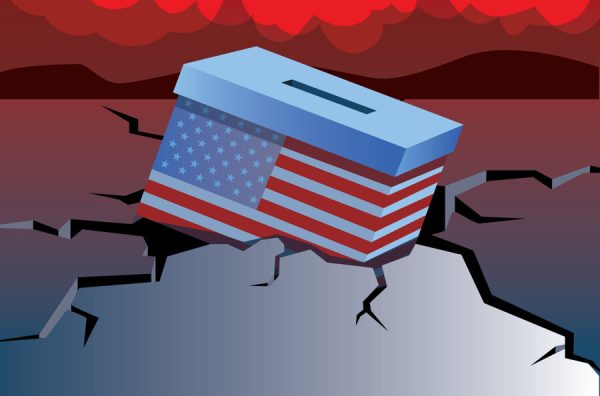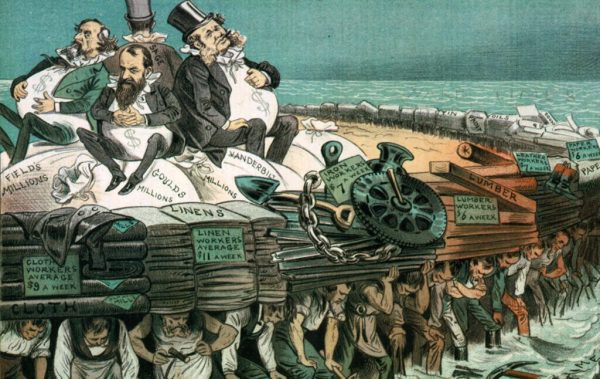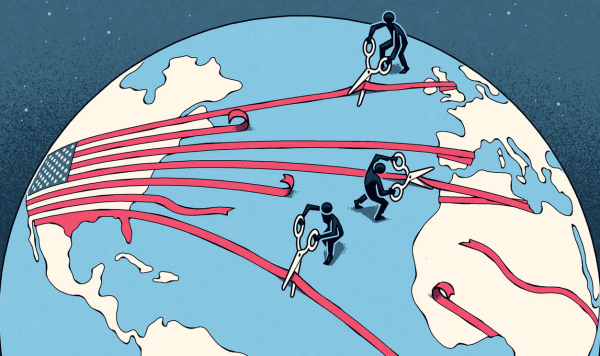
1. The Historic Verdict
-
The Committee: The International Research Committee (affiliated with the UN).
-
The Finding: Official use of the term “genocide” — the most powerful legal and moral condemnation.
-
The Scale: 60,000 documents and evidence items gathered, creating an irrefutable case.
2. The Five Acts of Genocide
Detail the five genocidal acts identified (based on the UN Genocide Convention):
-
Killing members of the group: Over 60,000+ Palestinians killed.
-
Causing serious bodily or mental harm: Widespread trauma, injuries from bombing and snipers.
-
Deliberately inflicting conditions of life calculated to bring about its physical destruction: The engineered famine. This is the core of the report—using starvation as a weapon of destruction.
-
Imposing measures intended to prevent births: Destruction of hospitals, targeting pregnant women.
-
Forcibly transferring children of the group to another group: (This may relate to detainees and orphans).

Image 1: © UNRWA
Screening for malnutrition by a worker from the UN agency for Palestinians, UNRWA,in Gaza City
(https://news.un.org/en/story/2025/09/1165856)
3. The Premeditation: A Two-Year Plan
-
This was not a spontaneous reaction to October 7th. The report states this process has been aimed for over the past two years.
-
This is a policy of “destroy Palestinians through famine.”

Image 2: © WHO A severely malnourished girl in Gaza. Aid teams have repeatedly called for Israel to allow much more aid to enter Gaza to prevent the ongoing humanitarian catastrophe. (https://news.un.org/en/story/2025/07/1165517)
4. International Complicity: The World is Guilty
-

Image 3: United Nations Special Rapporteur on the situation of human rights in the occupied Palestinian territory, Francesca Albanese, speaks during a press conference at the European headquarters of the UN in Geneva, Switzerland, September 15, 2025. REUTERS/Pierre Albouy Francesca Albanese’s Key Quote: “The international community also colluded with Tel Aviv in committing this crime.”
-
What this means: The US, UK, Germany, and others providing weapons, funding, and diplomatic cover are accomplices to genocide under international law.
Article III Makes Enablers Responsible: US and Germany Face Legal Exposure
Given the ICJ’s clarification that states party to the Genocide Convention have obligations both to prevent genocide and to avoid complicity, how should countries like Germany and the United States—as major suppliers of military aid to Israel—be held accountable under international law? Moreover, how should international legal frameworks evolve to better define the responsibility of third-party enablers, particularly when geopolitical alliances influence states’ actions and responses?
Professor William Schabas: The Genocide Convention specifies explicitly in Article III that you violate the Convention by complicity—by being an accomplice to genocide—and what you’ve referred to as “enablers.” You’ve mentioned the United States and Germany, but there are other states as well that have been enabling Israel in different ways.
5. The Path to Justice: The International Criminal Court (ICC)
-
The report has been formally handed to the ICC.
-
The pressure is now on Karim Khan to issue arrest warrants for Netanyahu and senior officials for genocide, not just war crimes.

Image 4: A Palestinian woman mourns over her son killed by Israeli bombardment of the Maghazi refugee camp in the central Gaza Strip on April 16, 2024 [Abdel Kareem Hana/AP]
(https://www.aljazeera.com/opinions/2024/4/21/the-icc-can-no-longer-ignore-the-genocide-in-gaza)
6. The Use of Unconventional Weapons
-
Albanese’s statement on Israel “bombing Gaza with unconventional weapons” (e.g., white phosphorus, bomb variants designed to maximize damage in urban areas) adds another layer of criminality.

Image 5: “Israel is bombing using unconventional weapons… it is trying to forcibly evacuate Palestinians. Why? This is the last piece of Gaza that needs to be rendered unlivable before advancing the ethnic cleansing of that piece of land,” Albanese told reporters in Geneva.
Call to Action (End of Article)
“This is no longer a debate. It is a legal fact. Share this verdict everywhere. Demand your government:
-
Immediately sanction Israel.
-
End all military aid.
-
Support the ICC’s prosecution.
Silence is complicity. #GazaGenocide”









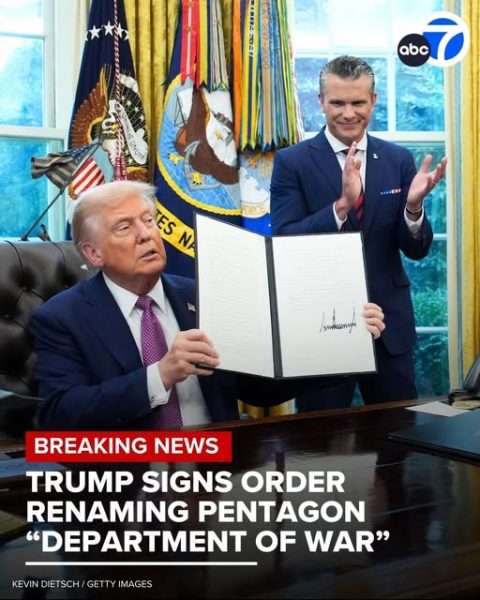
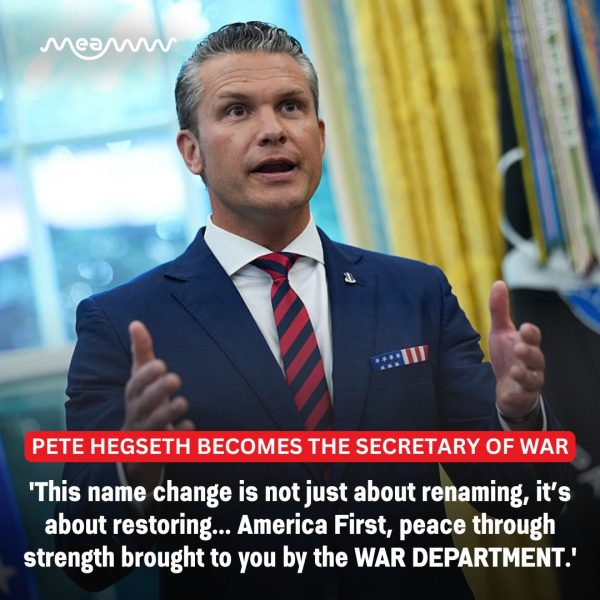


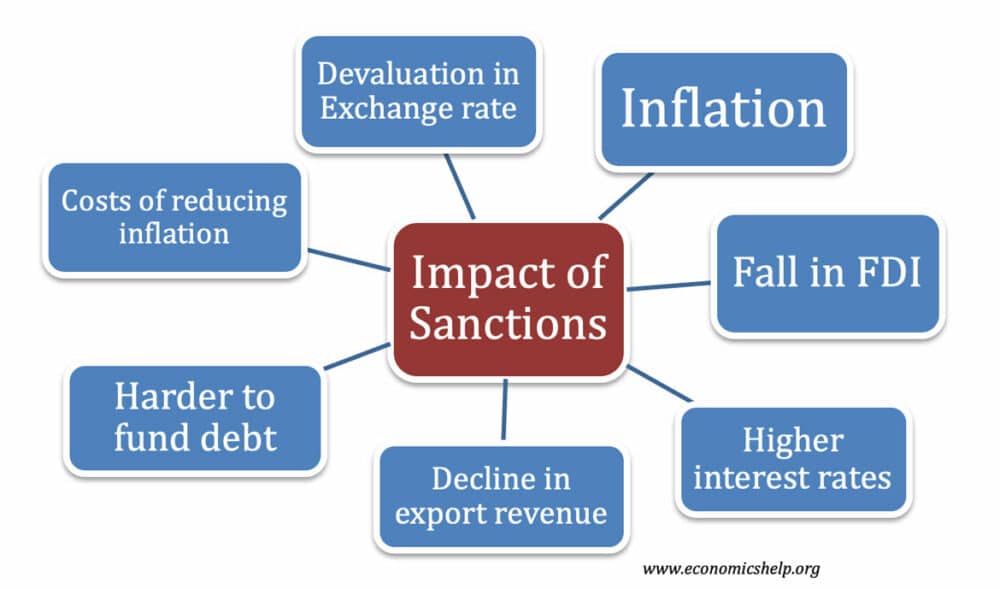
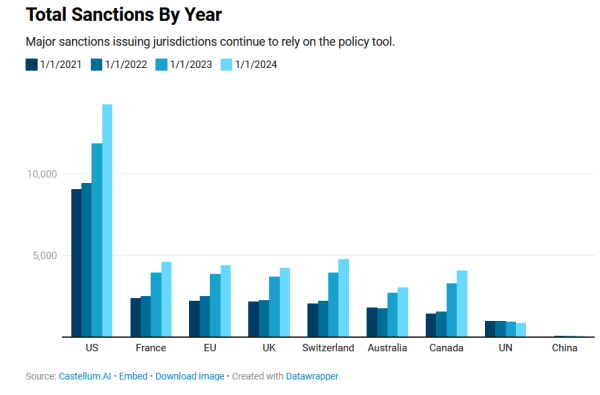
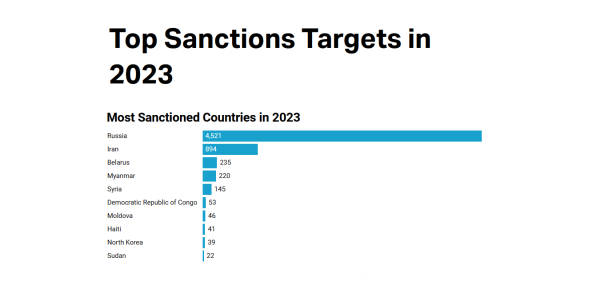
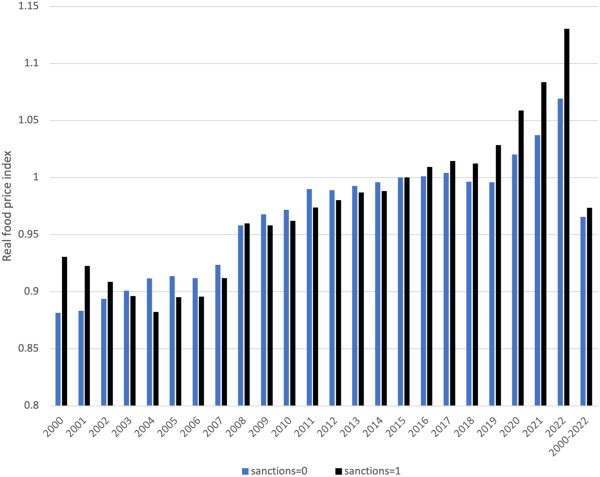

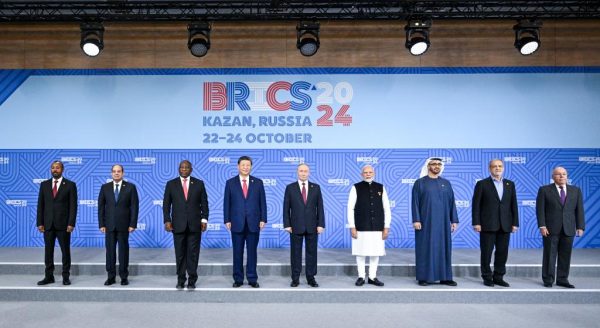
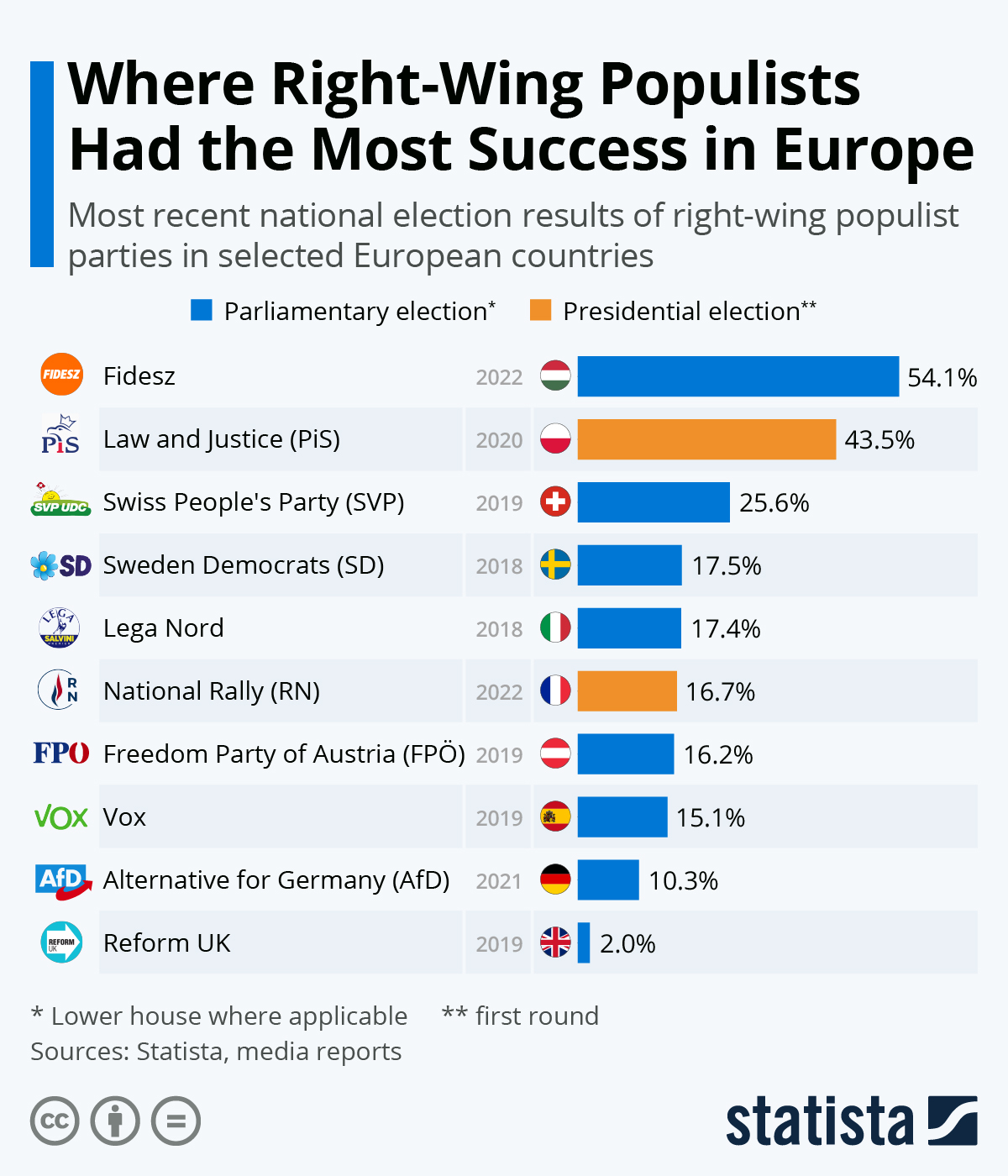

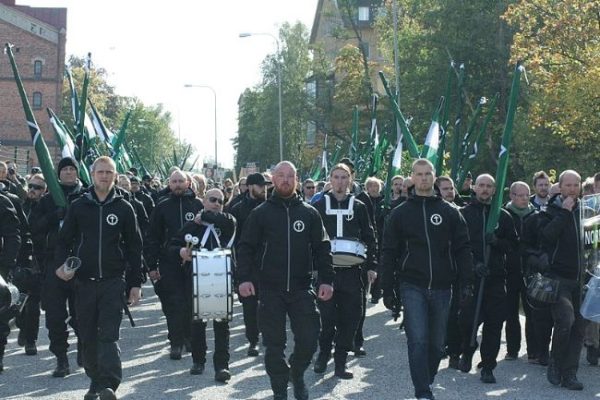


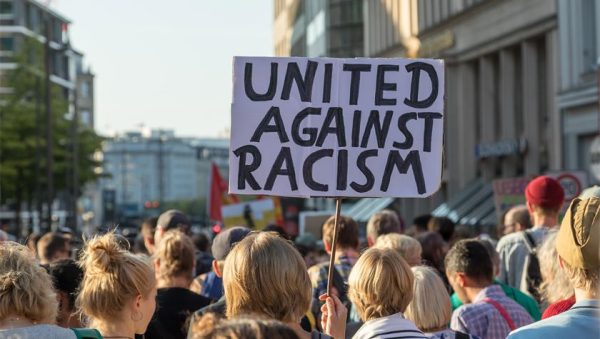

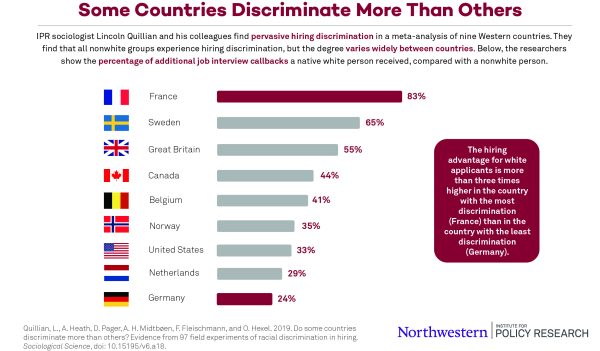




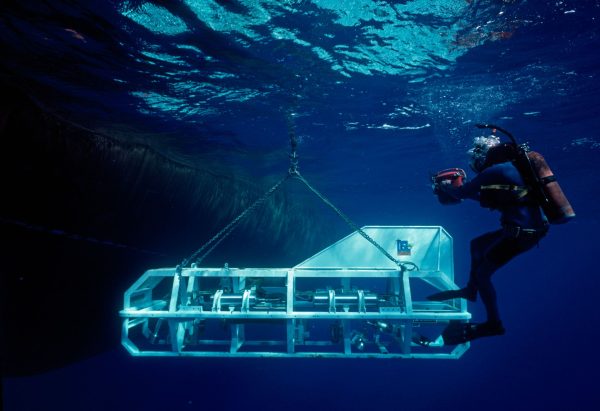
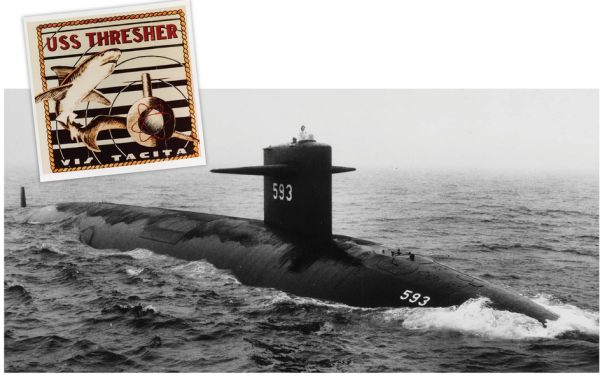
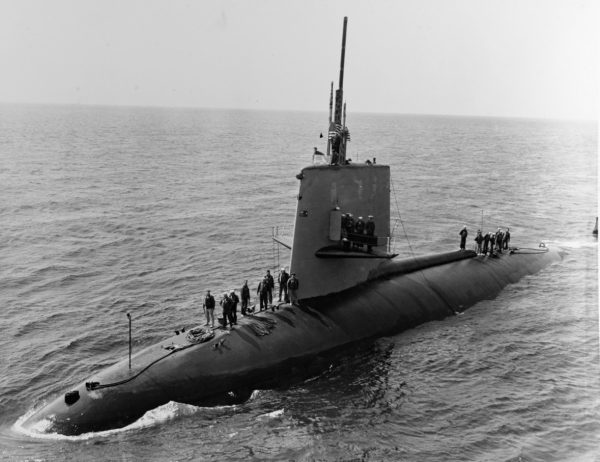
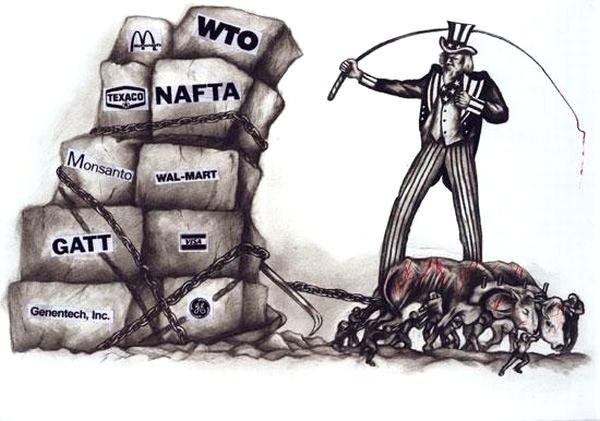 The organizing principle of U.S. foreign policy since the end of the Cold War has been to ensure that every nation in the world stays within a security structure managed and controlled by Washington. Nations, regardless of their ideological orientation, that refuse to follow U.S. wishes find themselves demonized and pressured to conform, while nations whose states are not centralized enough to control their territory are called “failed states” and are subjected to often counterproductive “nation building.
The organizing principle of U.S. foreign policy since the end of the Cold War has been to ensure that every nation in the world stays within a security structure managed and controlled by Washington. Nations, regardless of their ideological orientation, that refuse to follow U.S. wishes find themselves demonized and pressured to conform, while nations whose states are not centralized enough to control their territory are called “failed states” and are subjected to often counterproductive “nation building.
